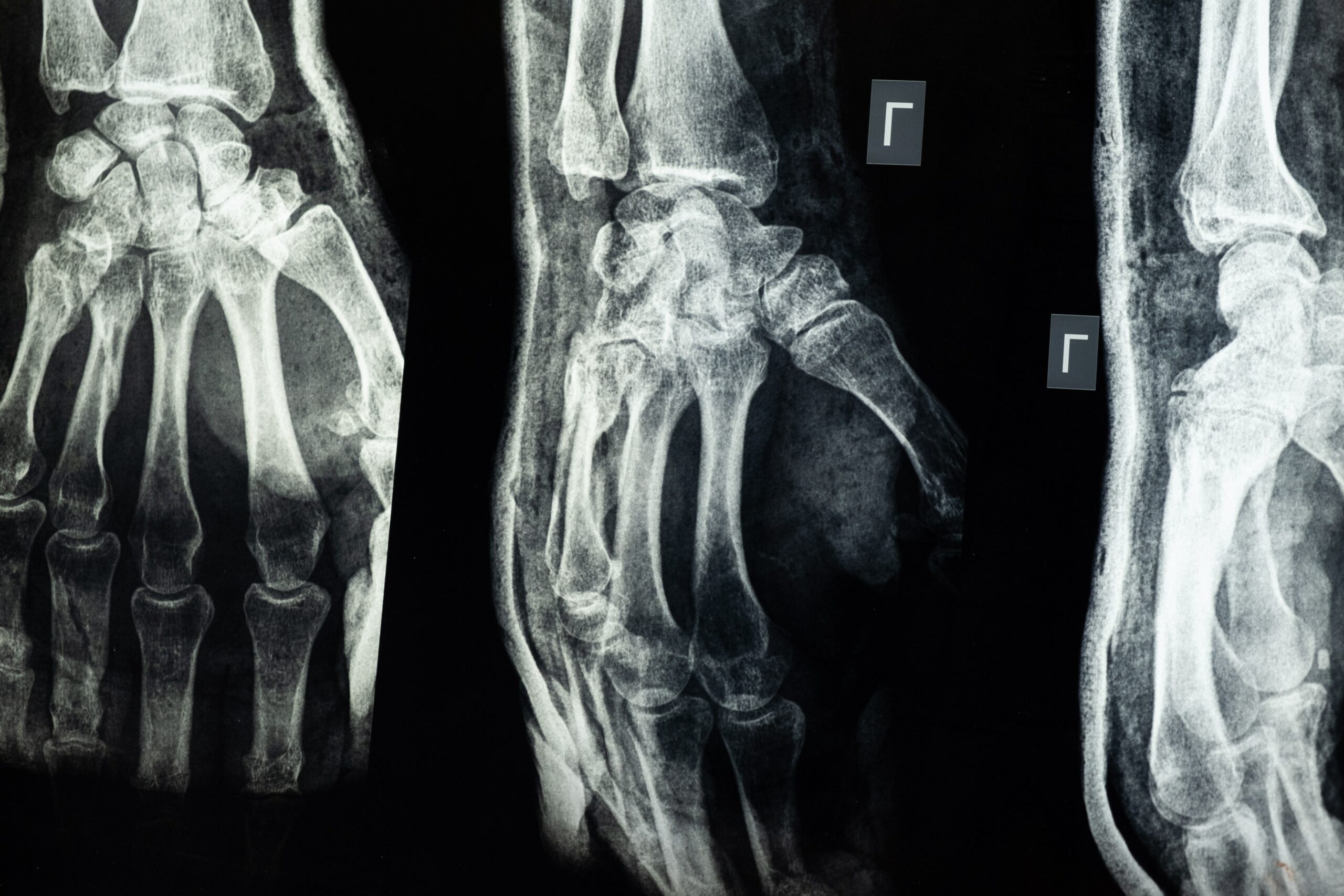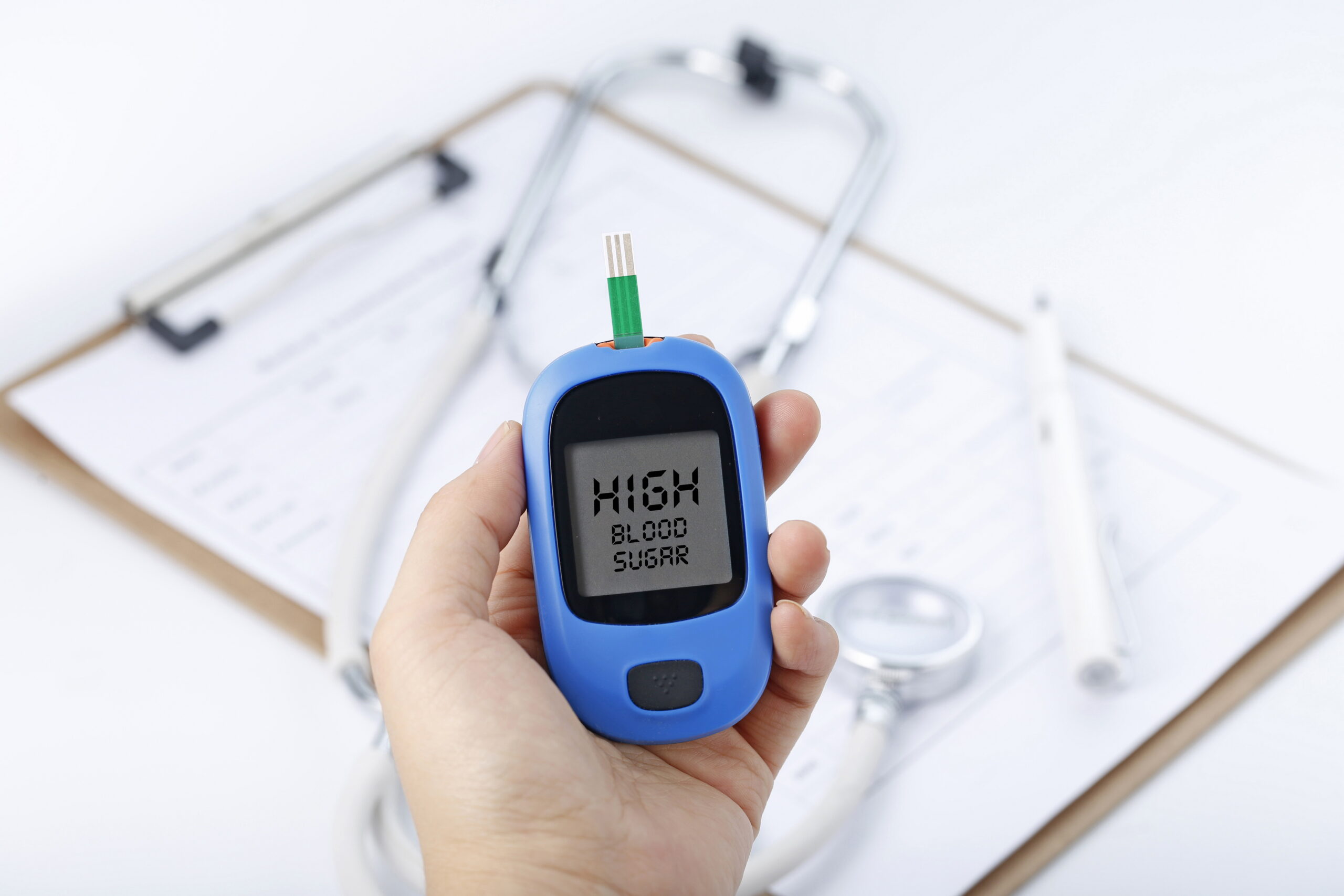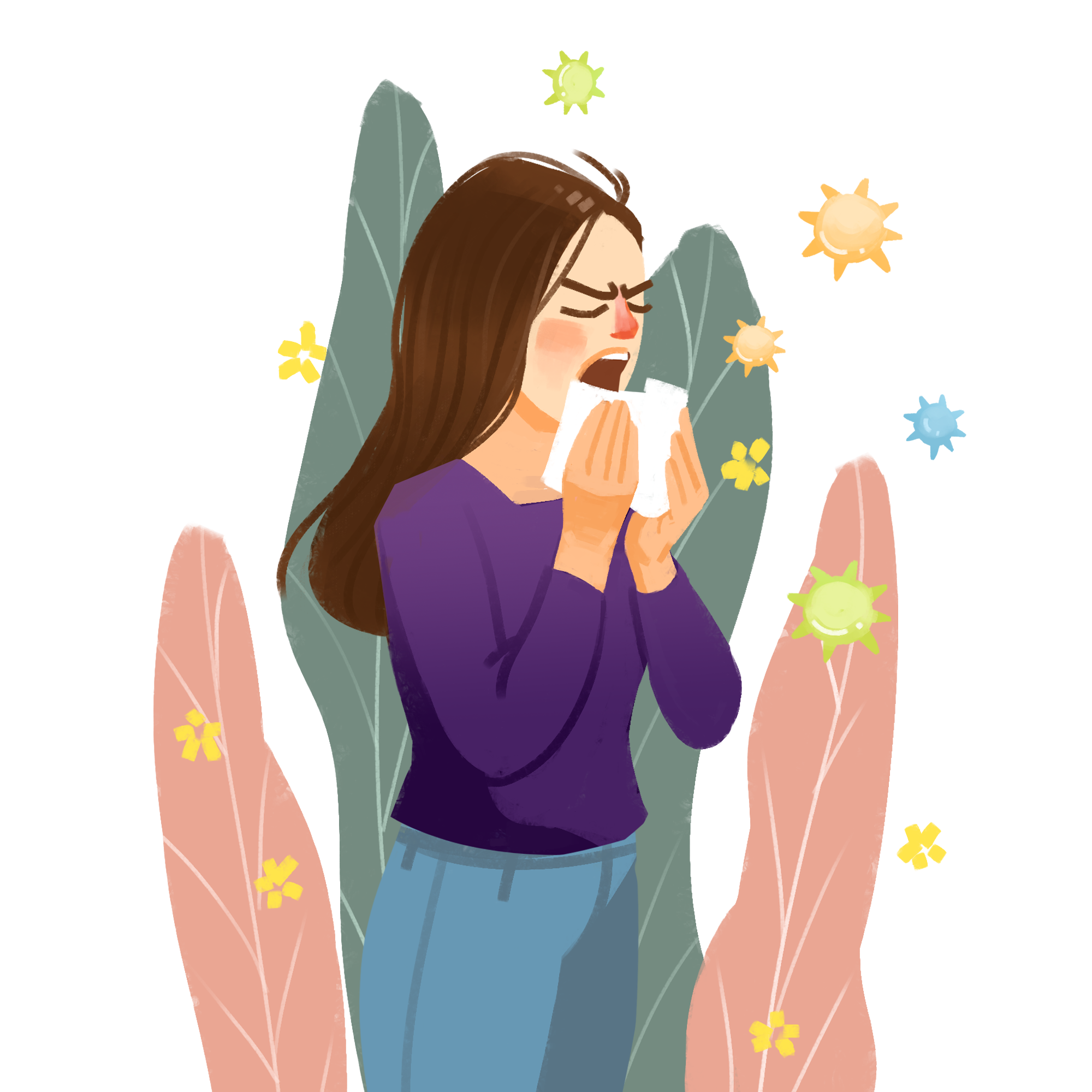Fever In Babies: Fever is a common childhood illness. It accounts for about 20% of pediatric cases in local emergency departments in Australia. According to a study, the months of June, July, and August are the worst time of year for flu in children.
As a parent, nothing’s more precious than our little bundles of joy. If they have symptoms of high temperature, flushed cheeks, or warm forehead, it is a natural reaction for them to panic. But calling a doctor might be an over-reaction in some cases.
It is normal for a baby’s temperature to fluctuate for different reasons. It can be from physical exertion, allergic reaction, or even digestion and heightened metabolism. Even the weather can have an impact on the baby’s body temperature.
Having a feverish temperature is not necessarily a bad thing. In fact, it may be an indication that the immune system is working as it is fighting a more serious infection. However, there are instances where first aid and professional help is needed.
So, what should you do?
Identifying A Fever
The normal body temperature for babies ranges somewhere close to 98.6°F (37°C). This may vary depending on the time of the day. Body temperatures are generally lower in the morning and higher during the afternoon and evening.
Infants under 3 months old with fever may require immediate medical care. This will help to diagnose the underlying cause of fever and treat it if necessary.
Babies are considered to have a fever if their temperature:
- Reaches 100.4°F (38°C) or higher when taken rectally
- 99°F (37.2°C) or higher when taken in other areas, such as the ear or forehead
- If the child has a high fever lasting more than 24 hours.
Take note that low-grade fevers do not typically require a visit to your doctor for infants older than 3 months. However, if you think symptoms are getting worse, it is best to consult a doctor.
How To Reduce Fever In Babies
When babies have a fever, your focus should be on treating the underlying cause and not the fever itself. The fever treatment may depend on their age, the severity of fever, and any other developing symptoms.
You may be able to treat the fever at home using the following methods:
-
Anti-Fever Medication
Give your child a safe amount of acetaminophen (Tylenol) made for children. It is crucial to follow the instructions from the packaging or the recommendation from your doctor. In most cases, doses will depend on the baby’s weight.
Double-check the dosage, and make sure you are using the right tool when doing measurements. Never use aspirin, and do not give them anti-fever medications designed for adults.
-
Lightweight Clothing
Dress your baby in lightweight clothing. If possible, use a light sheet or blanket to keep them cool and comfortable. Overdressing or covering them up with layers may only interfere with the body’s natural method of cooling down.
-
Turn Down Temperature
Keep your home cool, particularly the room where your infant stays. The cool temperature will help prevent your baby from overheating.
-
Proper Washing
Practice frequent handwashing and perform other hygiene measures to prevent the infection from spreading.
-
Offer Liquids
Give your child plenty of fluids to prevent dehydration. Drinking fluids will also aid the body in cooling itself. Offer water, clear soups, or yogurt. If the baby is 6 months or younger, it best to give them breast milk. Breast milk is proven to hydrate and strengthen the baby’s immune system while fighting illness.
Here are things to avoid if your baby has a fever:
- Do not delay medical attention for newborn fevers, persistent fevers, or developing symptoms
- Do not administer medication without checking with your doctor or taking their temperature
- Do not use any medication designed for adults
Think Prevention
Fevers are unavailable and part of an infant’s journey to growing up. The key is to make them as comfortable as possible until they recover. Get medical treatment when necessary.
When your baby is back to their normal smiling and playful self, you will be able to relax again – at least about their fever. Learn how to recognise signs of serious fevers and their appropriate treatment by taking a First Aid Course.
Talk to us today. Visit the First Aid Course Perth for more information.






